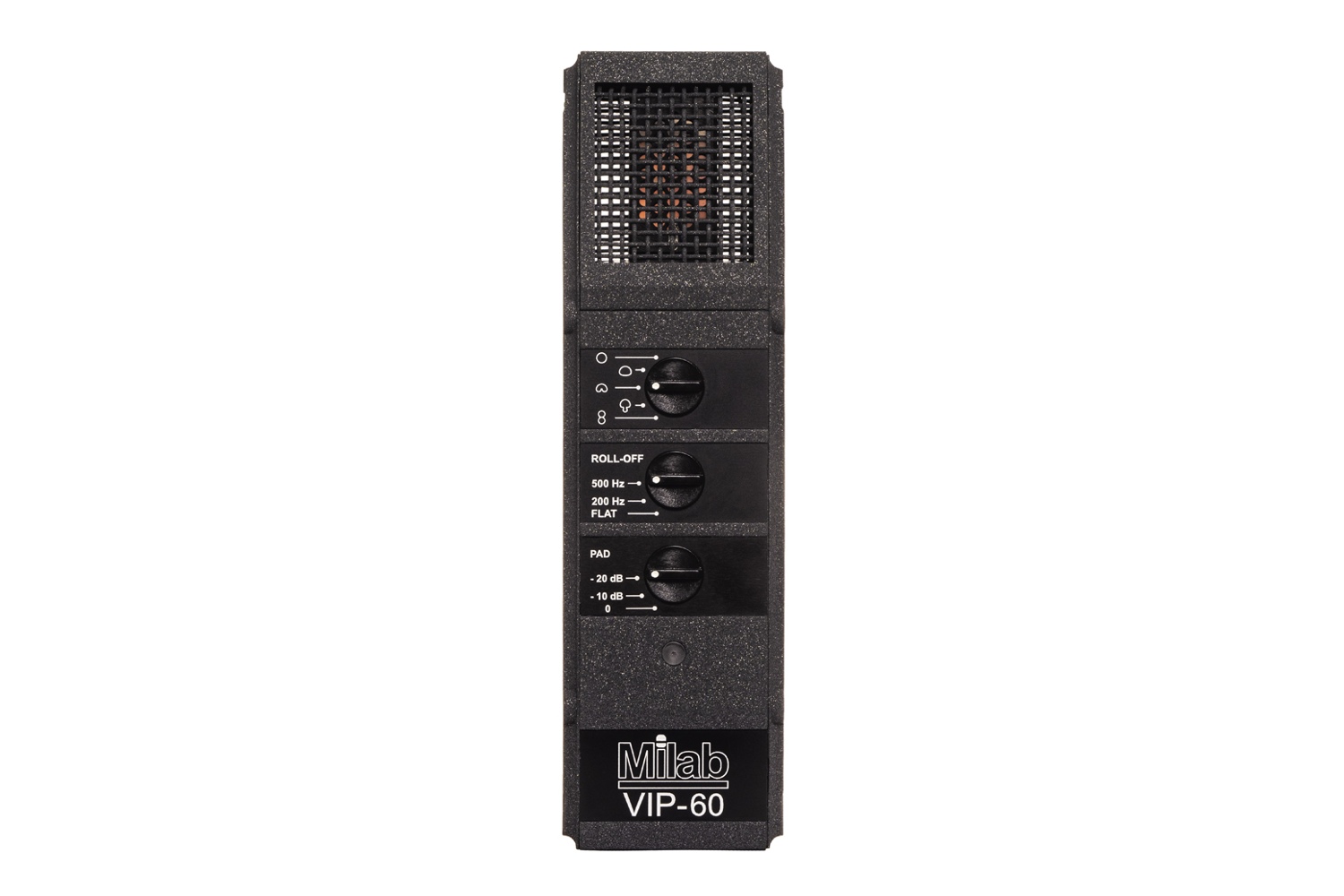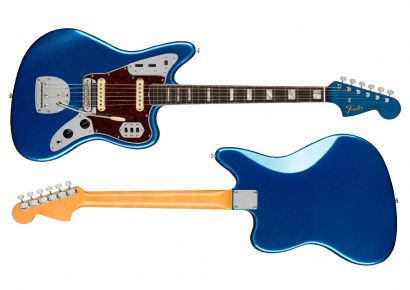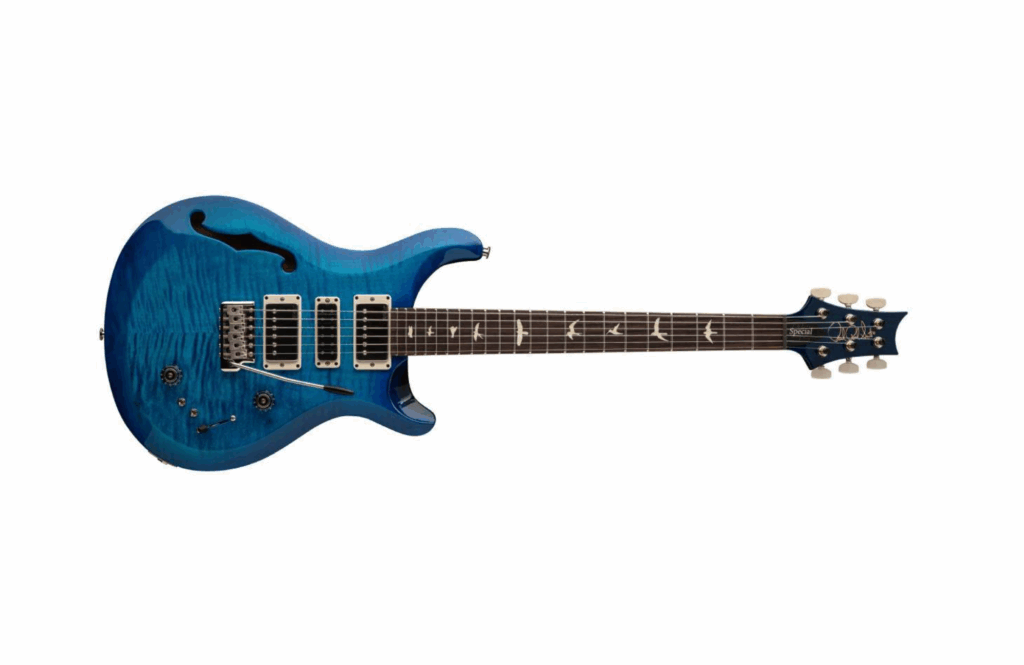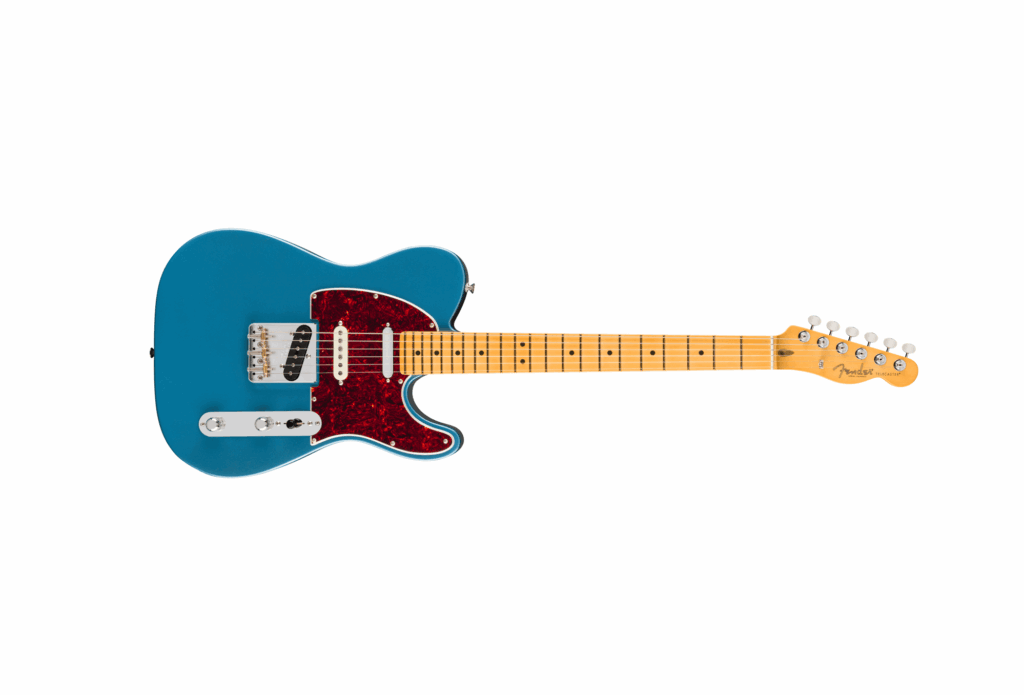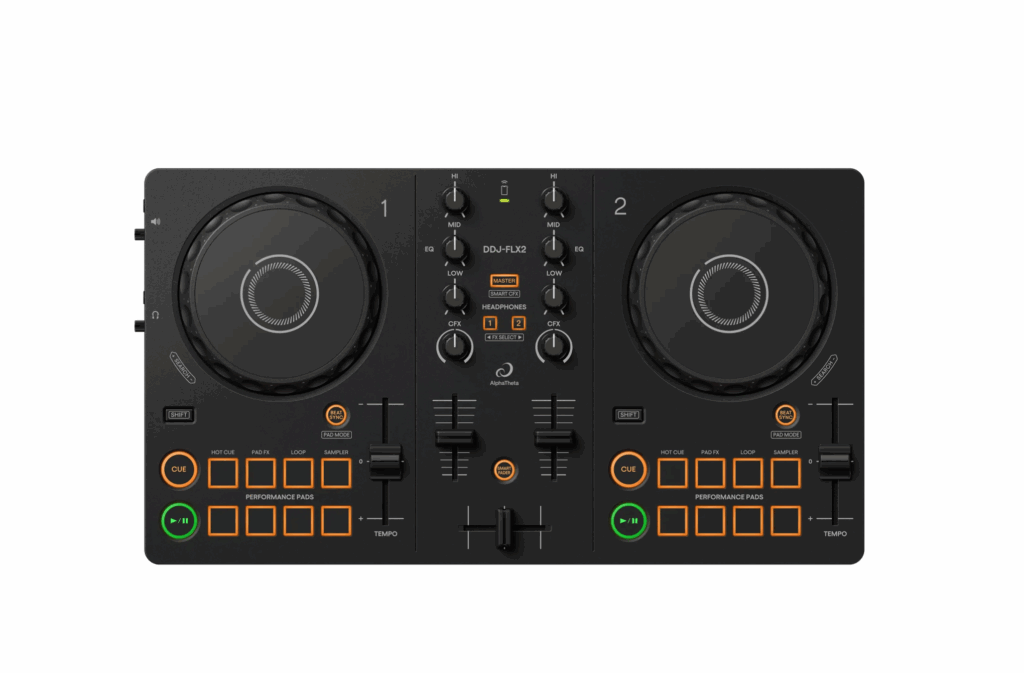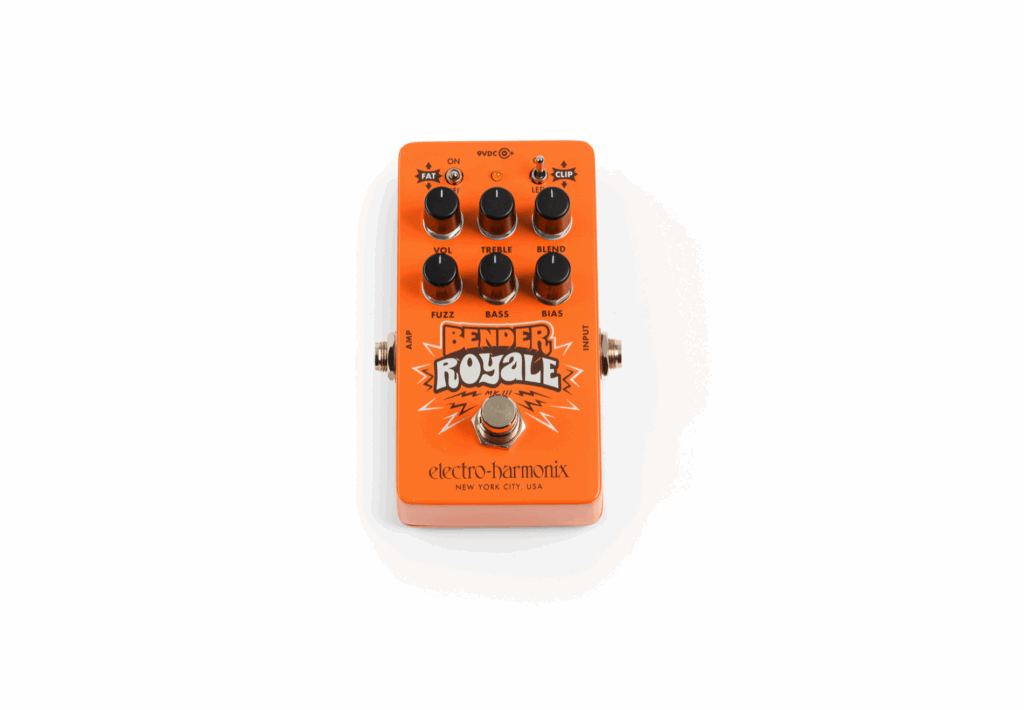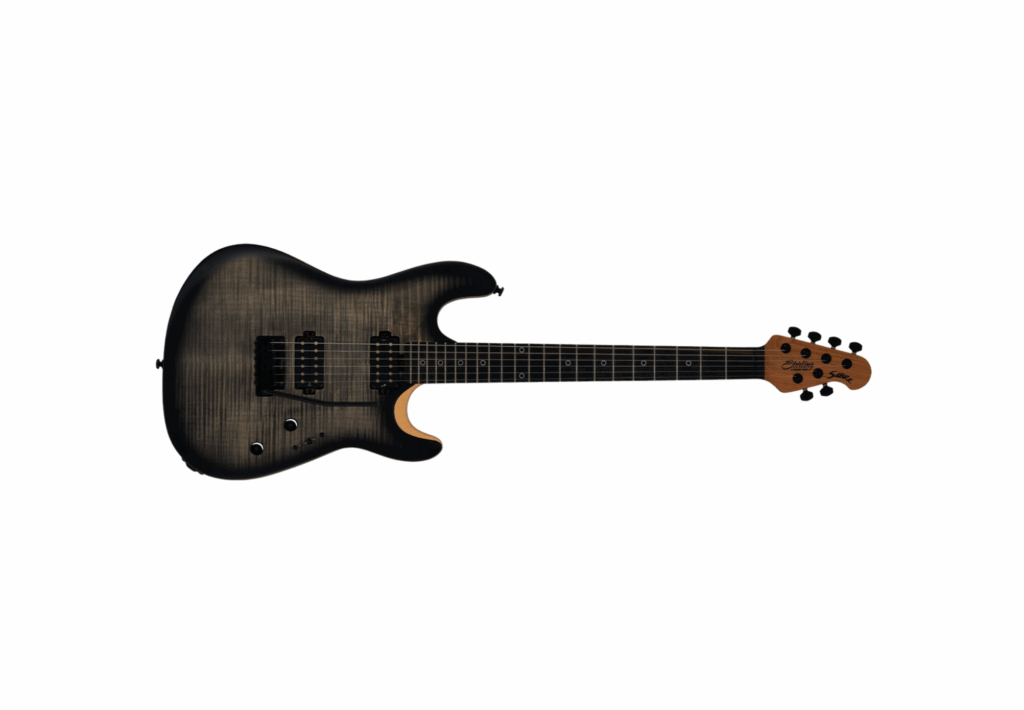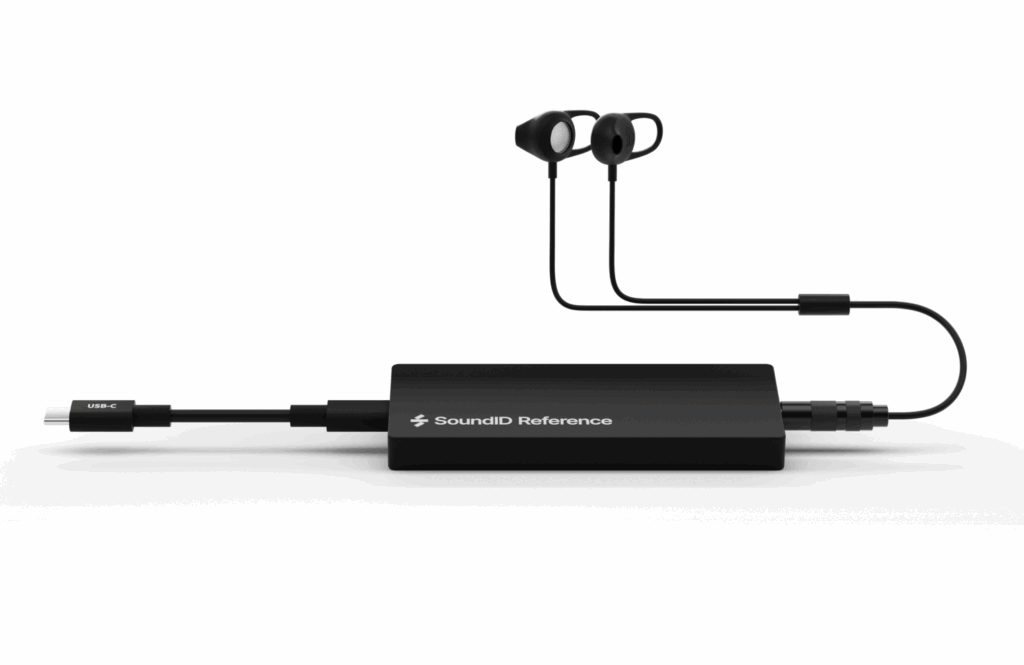Factory Sound | Enquire for pricing
The mid-’80s were a real watershed moment in the context of the recording studio and its technological arch. It was the moment where the valuable lessons of the revolutionary ’60s and tasteful sonic refinement of the ’70s met head-on with the early days of digital, along with some major advancements in acoustic design and monitoring practice, contributing to the slick production styles that defined the mid-’80s and beyond.
Catch up on all the latest music gear reviews here.
The power ballads, the Teddy Riley R’n’B, the wholesomely corporate adult pop of the era, the Tracy Chapmans, the Sades, the Jeff Lynne snare sound. From 1985 onwards, the means of production seemed to take a much more sophisticated and measured approach and this showed in the gear choices of the era.
This is the context with which the VIP-50, by a semi-obscure Swedish manufacturer by the name of Milab, first entered the broader studio consciousness and landed directly into the hands of engineers desperate to find an edge over the competition.
With its polygonous, volvo-esque chassis, plethora of dials, and unique rectangular diaphragm, the VIP-50 bore a singular aesthetic unlike anything else that had come before. Once plugged in though, it instantly shook off any preconceived notions stemming from its appearance, proving to be an incredibly useful, premium quality studio condenser, perfect for flattering appraisals of detail-rich sound sources of all types, but particularly for vocals, where its broadband capture and unique ‘tilted’ voicing paired perfectly with the ‘more is more’ processing styles of the era.
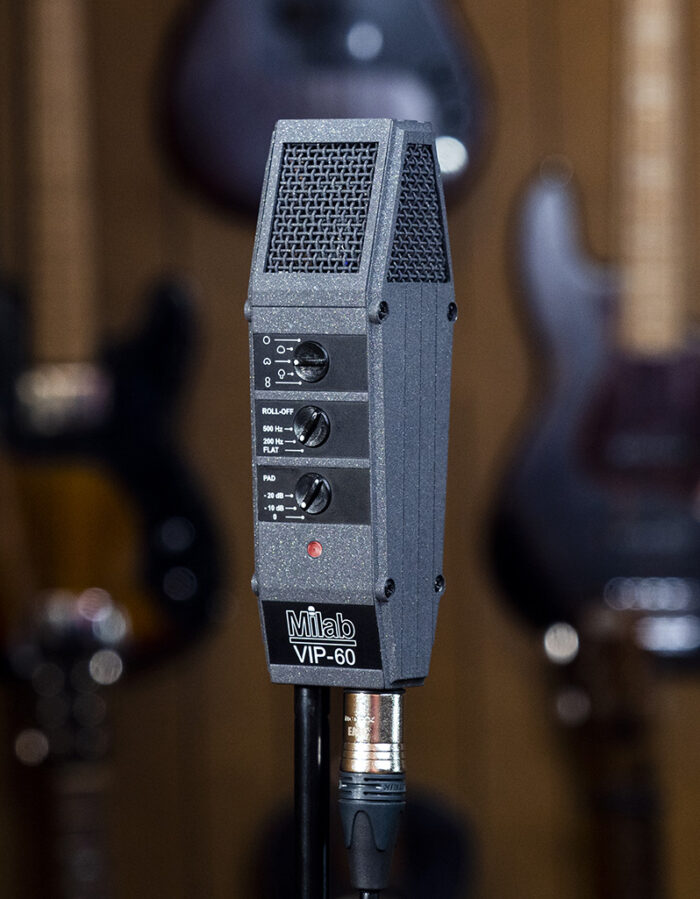
Famously championed by Quincy Jones on Michael Jackson’s Dangerous sessions, as well as finding its way onto records by the likes of Ray Charles, Jeff Buckley, and Drake in the interim, the VIP-50 has more than earned its place at the pantheon of classic mics since its initial release in 1985.
37 years later, Milab are back with the brand new VIP-60, a large diaphragm, true capacitor condenser, and the spiritual heir to the beloved VIP-50.
Boasting an updated capsule design and featuring new and improved topography, the VIP-60 takes the familiar sound of its predecessor and brings it into the 21st century – staying true to the workable, utilitarian flavour of the original but with some important upgrades that only further broaden its functionality and appropriateness.
Sound wise, it’s difficult to discuss the original VIP-50 without mentioning the ‘ribbon-like’ quality of its capture and this is something that has been retained and built upon in this latest incarnation.
Milab’s preference for rectangular condenser capsules (itself something of a rarity in the world of critical studio microphones) was certainly a key factor in the original’s unique mojo, and the VIP-60’s new and improved 2900 capsule follows this same trajectory, albeit with some notable improvements in some key performance areas.
One thing that has changed considerably since 1985 is standards pertaining to self noise and this is something that Milab have rectified, drastically improving on the VIP-50’s 18dB A rating to a more era-appropriate 14dBA. This in turn brings the VIP-60 in line with other current-gen iterations of other classics like Neumann’s U87AI or Schoeps’ V4U.
With the cutoff set to flat and with our mic placed in the midfield, the VIP-60’s unique personality and inherent classiness instantly come to the fore. It’s certainly not hyped and chirpy (at least not in the way that one would normally associate with traditional transformerless condenser designs) but this impartialness and robustness of tone is undoubtedly one of its biggest strengths.
Even with its impressive flatness across the midrange and subtle roll off in the highs, there is still plenty of transient information and fine detail on display, but this feels more as a result of capsule speed rather than a frequency or resonance thing. The result is a microphone that is both highly detailed and pleasant on the ear, while also providing a true sense of depth and perspective that gives you plenty to work with in post.
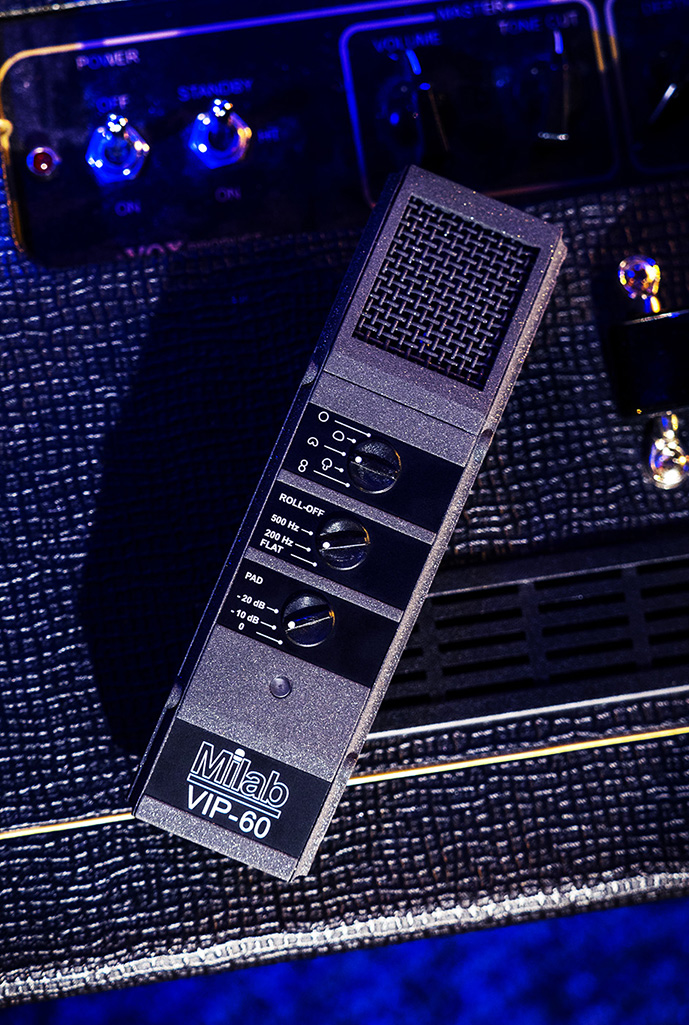
In fact, it wouldn’t be overzealous to say that the VIP-60 is one of the best microphones I’ve encountered for heavy-handed processing, taking to heavy compression and broad helpings of EQ like a duck to water.
One of the VIP-60’s most notable charms comes in the smorgasbord of controls found on the front of the mic itself. With switchable options for cardioid, wide cardioid, hypercardioid, omni, bidirectional, high pass filters at 200Hz and 500Hz, and pads at -10dB and -20dB, it’s safe to say there is plenty of tweakability and functionality on offer here.
One feature that particularly resonated was the switchable high pass filter, which being curiously indexed at 200Hz and 500Hz (as opposed to the more traditional 80/90/100Hz you tend to see on most microphones of this type) was a bit of a head scratcher at first glance. As atypical as this might be, it was an absolute masterstroke for recording baritone or hushed vocals or any other application requiring minimal space between sound source and capsule. The ability to control proximity effect at the mic, combined with the super useful pads made it incredibly adept at closeup cardioid recording.
In cardioid mode, the taut, on-axis pan was also notable, with an impressive amount of rejection at the sides and rear which, when combined with the decidedly ‘‘uptown” nature of its capture, make it a great option for anybody looking to pull professional quality sound from a less than professional acoustic environment.
If you are the kind of engineer that has a few different preamp flavours at your disposal to pair with the VIP-60, you basically have a mic for almost any occasion. The combination of onboard flexibility, professional sound quality, and its ability to handle heavy processing, all combine to make it one of the most versatile and useful mic releases in recent memory and a timely upgrade to a cult classic. Well worth the price of entry.
Head to Milab for more information. For local enquiries, contact Factory Sound.
